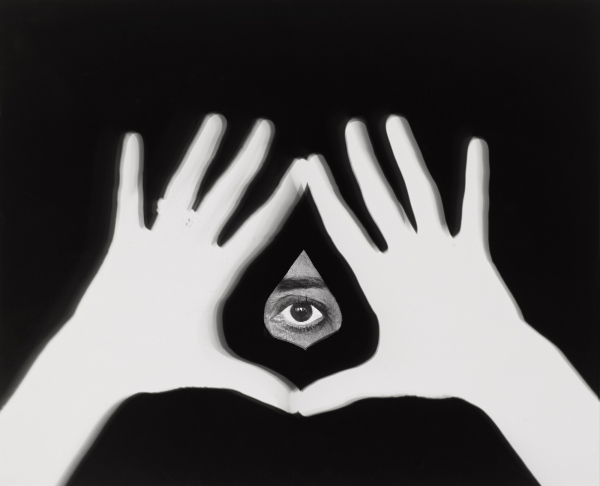18.10.22
Esther Ferrer
Esther Ferrer (Solo Show): "I am going to tell you about my life", Kunst- und Kulturstiftung Opelvillen Rüsselsheim. 16.10.22 > 22.01.23
Although Esther Ferrer is one of the original greats of performance art her work has seldom been presented in Germany. This versatile artist was born 1937 in San Sebastián, Spain and since 1973 has lived permanently in Paris. The exhibition title I Am Going To Tell You About My Life refers to an earlier performance by Esther Ferrer of the same name. The show in the Opelvillen includes photo series, models, and videos focusing on the passage of time but which simultaneously document the range of her work over so many years.
The Spanish Civil War was raging when Esther Ferrer was born in 1937. She then grew up during Franco’s fascist dictatorship – he had seized power in 1939. Living in San Sebastián in north Spain just 20 kilometers from France meant it was not difficult for Ferrer to cross over into the other country. In France, she was able to read newspapers and magazines and even watch films that were banned in Spain. In the late 1950s, Esther Ferrer decided to work as an au-pair in Paris where her twin sister Mathilde already lived. The two sisters were then free to visit museums, galleries and concerts together or watch films in the Cinémathèque française. Esther Ferrer moved to Paris permanently in 1973. It was during the late Franco period in Spain that she began to work as an artist. Although Esther Ferrer was familiar both with performance as an art form and the works of both John Cage (1912–1992) and Fluxus it was not until 1966 that she gave her first performance in San Sebastián in the Asociación Artística de Gipuzkoa. In 1967, the group ZAJ, founded by Ramón Barce (1928–2008), Walter Marchetti (1931–2015) and Juan Hildalgo (1927–2018) was looking for an artist for a project in Museo de San Telmo in San Sebastián. Ferrer accepted the offer and this marked the start of collaboration with the ZAJ group that would last for over 30 years. From this moment onwards the artist created her own performances with and without the group because she never wanted to relinquish her independence. With their avant-garde performances Ferrer, Hidalgo and Marchetti introduced the most radical international art movements to Franco’s Spain. In response to the great interest in the performances outside Spain in 1968 the group set off on a tour of Germany and the rest of Europe. Then, in 1972, Esther Ferrer got to know John Cage in Pamplona during the international art festival Los Encuentros de Pamplona. Intrigued by ZAJ’s performances, Cage organized a tour of the United States for them from January to February 1973.
Moreover, feminism runs like a red thread through her oeuvre and the starting point for many of her works. In the 1970s, like many other female artists Esther Ferrer began to question female identity as a cultural phenomenon in a patriarchal system. For Ferrer, identity is something incomplete that is subject to constant change. And she believes it should be understood as being constructed, transformed, and grasped in terms of time and space: To her mind, identity can be expanded, discovered, and altered through the actions of others. Esther Ferrer repeatedly emphasizes that the photographs taken of her own face are not intended to be self-portraits but are rather a work about the passage of time. When the artist uses her body or a certain part of it in a work her intention is not to represent it but rather time itself through the traces it leaves. Using the body as an artistic element characterizes the whole of Esther Ferrer’s work. In the 60 years that she has engaged in art she has succeeded in creating a multi-disciplinary and deeply critical work in the tradition of process art in which she redefines the boundaries of language and time and places the body at the center making it both subject and object. Partner of this exhibition is Acción Cultural Española.
Tags: exhibition
